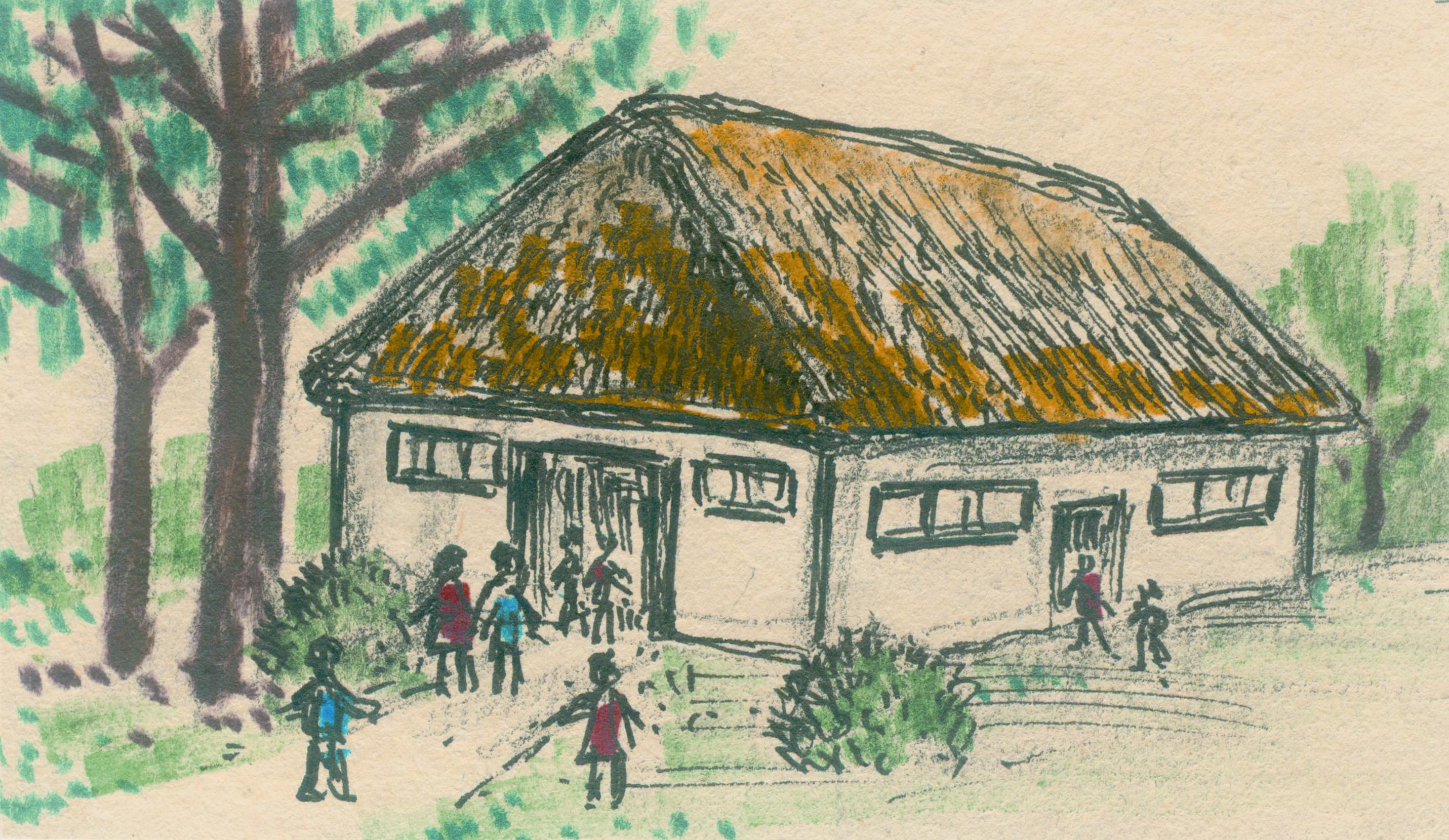Overview
Chinese Name: 赫哲族
English Name: The Hezhe people, The Nanai people
Languages: Hezhe language 赫哲语, Chinese 汉语
Total population: 5.3*103 (China mainland 2022)
Distribution: The Three Rivers Plain formed by the confluence of Heilongjiang, Songhua and Wusuli rivers

Brief introduction
The Hezhe people 赫哲族 are a minority with a long history in Northeast China, and the national language is Hezhe. The Hezhe people do not have their own language and usually use the Cyrillic script to record their language. Because they have been intertwined with the Han people 汉族 for a long time, they use Chinese in common.

The Hezhe nationality is mainly distributed in the Sanjiang Plain 三江平原 formed by the confluence of the Amur River, Songhua and Ussuri rivers and the rest of the Wanda Mountains 完达山.
The history of the Hezhe people
From the history of the formation and evolution of the Hezhe clan, the Hezhe nationlity are a widely distributed, multi-source and multi-stream nation. The ancestors of the Hezhe people are part of the Sushen clan (One of the ancestors of the Manchu people 满族 and other Tungusic peoples 通古斯民族) and historically included in the ancient ethnic groups.
The Ming Dynasty 明朝 was the gestation period for the formation of the Hezhe ethnic group. After about 200 years of differentiation and integration, the Hezhe ethnic group entered the formation period in the early Qing Dynasty 清朝. After the “Mukden Incident 九一八事变” in 1931, the Hezhe people rose up to fight against the invaders. During the War of Resistance Against Japanese Aggression, the soldiers and people of the Hezhe nationality fought bravely and contributed to the victory of the War of Resistance Against Japanese Aggression in China.
The religion of the Hezhe people
Before the founding of New China, the Hezhe nationlity generally had primitive worship and shamanism 萨满教 such as totem worship, nature worship, spirit worship, ghost worship and ancestor worship. In the past, the Hezhe people had traces of bear totem and tiger totem worship. After hunting and eating bear and tiger meat, the Hezhe people have rituals or actions to express apologies.

The Hezhe nationlity believes in animism and immortality of the soul, so they also believe in the immortality of their ancestors’ souls and worship their ancestors. During the Chinese New Year 春节, ancestors should be offered on the west wall of the house, with pig heads and other offerings as offerings, and incense burnt to mourn.
The Cultures of the Hezhe people
The architecture of the Hezhe people 赫哲人的建筑
The houses of the Hezhe nationality are primitive and simple. Temporary residences include cusps with pointed domes, grass shacks, etc. The fixed dwelling has a horse stand and the main house with a thatch roof.
Historically, the Hezhe once lived in tree houses, which are traces of nest dwellings. On the east or west side of the main house, a fish house is usually built to store fish and animal meat, grain or other items.

The diet of the Hezhe people 赫哲人的饮食
The diet of Hezhe nationality is mainly fish, animal meat and wild vegetables, and millet is a non-staple food. The diet of the Hezhe people is divided into two types: raw and cooked. Raw food includes fresh fish, and dried meat; cooked food includes fish floss, stewed fish, fried fish, fried fish, grilled fish, etc.

Fish floss is a must-have in every meal. The Hezhe nationality often eats raw fish mixed with vegetables. After the fish is bled, the flesh of the fish is cut into filaments, mixed with wild “scallions” and wild peppers, and an appropriate amount of vinegar and salt.
The costume of the Hezhe people 赫哲人的服饰
Historically, the clothing of the Hezhe nationality was made of fish and animal skins. Although cloth was introduced to the Hezhe people very early, it was really popular in the late Qing Dynasty. “Men use leather as a hat, and in winter a mink hat and fox fur.

The traditional clothes, shoes, hats and bedding of the Hezhe people are embroidered with various patterns. The collar, placket, cuffs, apron and trouser legs are embroidered with moiré patterns, geometric patterns and various flowers and butterflies. They also cut fish and animal skins into various patterns, and then dyed them with pigments or natural plant pigments in various colours and sewed them together.
The taboo of the Hezhe people 赫哲人的禁忌
The taboos of the Hezhe nationality are mainly manifested in fishing and hunting production activities. When fishing and hunting, they are not allowed to say strange things and lies, thinking that this will offend the gods, and they will not be able to catch fish and beasts. When hunting people meet, be sure to invite them to their residence for a meal, etc.

Hezhe People (赫哲族)
You might like: